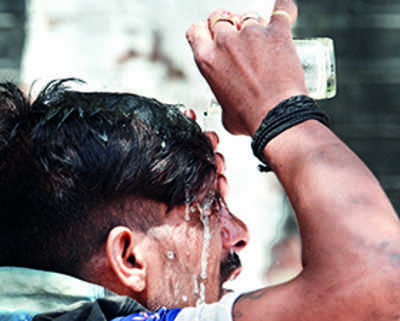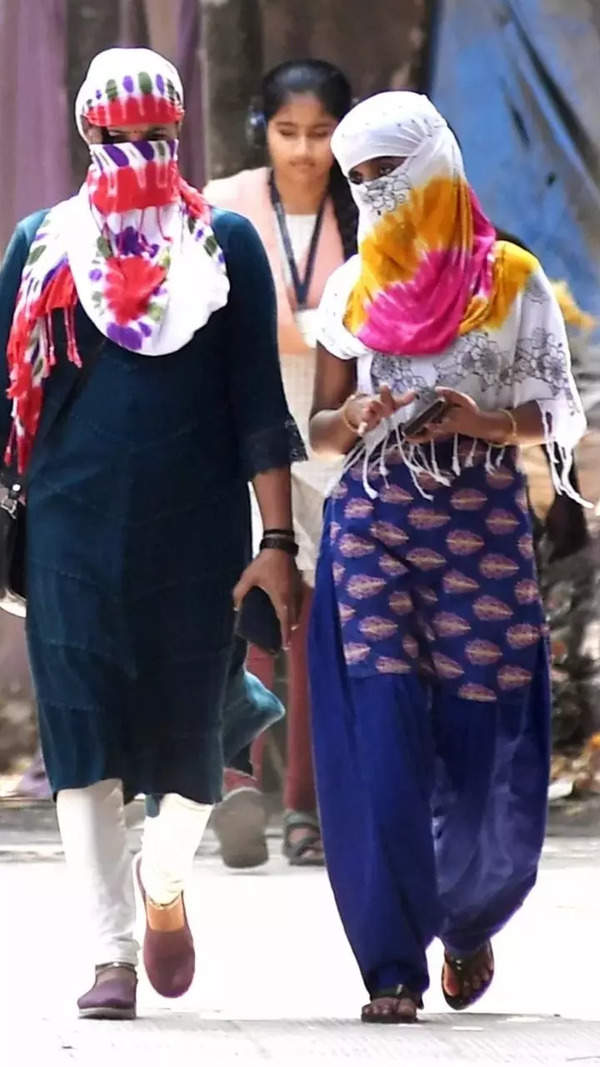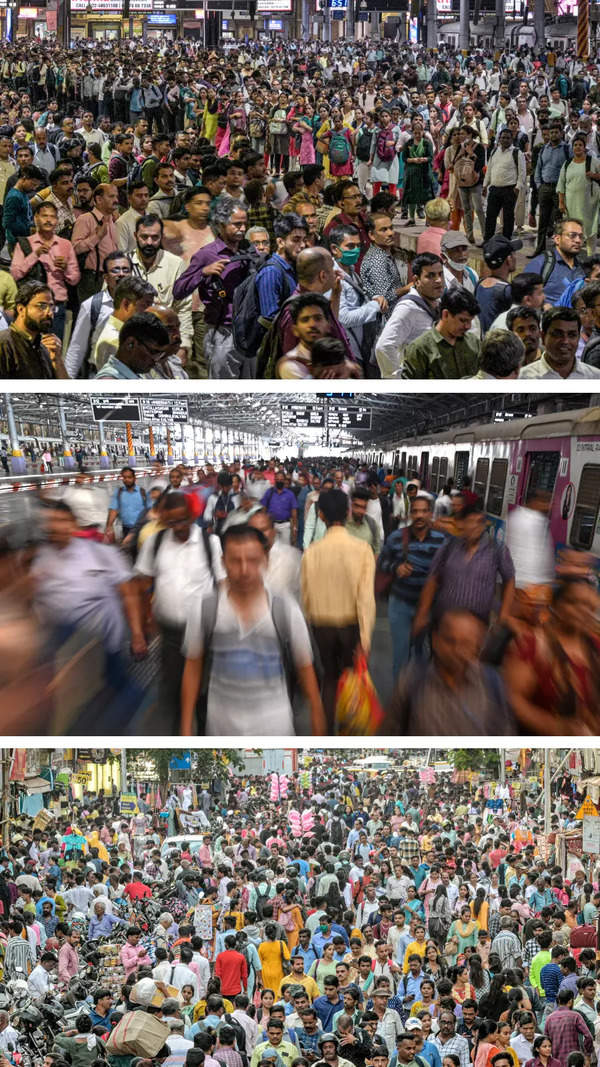- News
- City News
- nagpur News
- Heatwaves challenging India’s sustainable devpt
Trending Topics
Heatwaves challenging India’s sustainable devpt

Nagpur: Nearly 90% of India is in an extreme danger zone from the impact of heatwaves, which are increasing in frequency, intensity, and lethality, and are coming in the way of the country’s sustainable development goals, reveals a latest scientific study.
The country has committed to achieve 17 United Nations Sustainable Development Goals (SDGs), which include no poverty, good health and well-being, decent work and economic growth.
However, according to the research by Ramit Debnath and his colleagues at the University of Cambridge, heatwaves have weakened the progress of SDGs more than it was estimated. “Due to the unprecedented burdens on public health, agriculture, and other socio-economic and cultural systems, climate change-induced heatwaves in India can hinder or reverse the country’s progress in fulfilling these goals,” the study stated.
To analyze India’s climate vulnerability and impact of climate change on its SDG progress, researchers conducted an analytical evaluation of the country’s heat index (HI) with its climate vulnerability index (CVI). The researchers used data of state-level climate vulnerability indicators from the National Data & Analytics Platform and compared the country’s progress in SDG over 20 years (2001-2021) with extreme weather-related mortality from 2001-2021.
While 20% of the country was found to be highly vulnerable to climate change, the findings revealed that almost all of New Delhi is threatened by severe heatwave impacts, which is not reflected in its recent state action plan for climate change. “95% of northern India is under extreme caution, ensuring SDG progress becomes even more critical,” the study stated.
Researchers also highlighted that April 2022 was the hottest for India in 122 years, followed by the hottest March on record, reportedly killing at least 25 people. “The cumulative heatwave-related mortality in India is over 24,000 deaths since 1992,” the study added.
It emphasized the need to improve extreme weather impact assessment by combining information within the existing climate vulnerability measurement frameworks that can account for the co-occurrence of climate change events and non-climate structural SDG interventions. “This study shows that heatwaves make more Indian states vulnerable to climate change than it was previously estimated. It is high time that climate experts and policymakers reevaluate the metrics for assessing the country’s climate vulnerability,” the authors said.
The country has committed to achieve 17 United Nations Sustainable Development Goals (SDGs), which include no poverty, good health and well-being, decent work and economic growth.
However, according to the research by Ramit Debnath and his colleagues at the University of Cambridge, heatwaves have weakened the progress of SDGs more than it was estimated. “Due to the unprecedented burdens on public health, agriculture, and other socio-economic and cultural systems, climate change-induced heatwaves in India can hinder or reverse the country’s progress in fulfilling these goals,” the study stated.
To analyze India’s climate vulnerability and impact of climate change on its SDG progress, researchers conducted an analytical evaluation of the country’s heat index (HI) with its climate vulnerability index (CVI). The researchers used data of state-level climate vulnerability indicators from the National Data & Analytics Platform and compared the country’s progress in SDG over 20 years (2001-2021) with extreme weather-related mortality from 2001-2021.
While 20% of the country was found to be highly vulnerable to climate change, the findings revealed that almost all of New Delhi is threatened by severe heatwave impacts, which is not reflected in its recent state action plan for climate change. “95% of northern India is under extreme caution, ensuring SDG progress becomes even more critical,” the study stated.
Researchers also highlighted that April 2022 was the hottest for India in 122 years, followed by the hottest March on record, reportedly killing at least 25 people. “The cumulative heatwave-related mortality in India is over 24,000 deaths since 1992,” the study added.
It emphasized the need to improve extreme weather impact assessment by combining information within the existing climate vulnerability measurement frameworks that can account for the co-occurrence of climate change events and non-climate structural SDG interventions. “This study shows that heatwaves make more Indian states vulnerable to climate change than it was previously estimated. It is high time that climate experts and policymakers reevaluate the metrics for assessing the country’s climate vulnerability,” the authors said.
Start a Conversation
FOLLOW US ON SOCIAL MEDIA
FacebookTwitterInstagramKOO APPYOUTUBE










